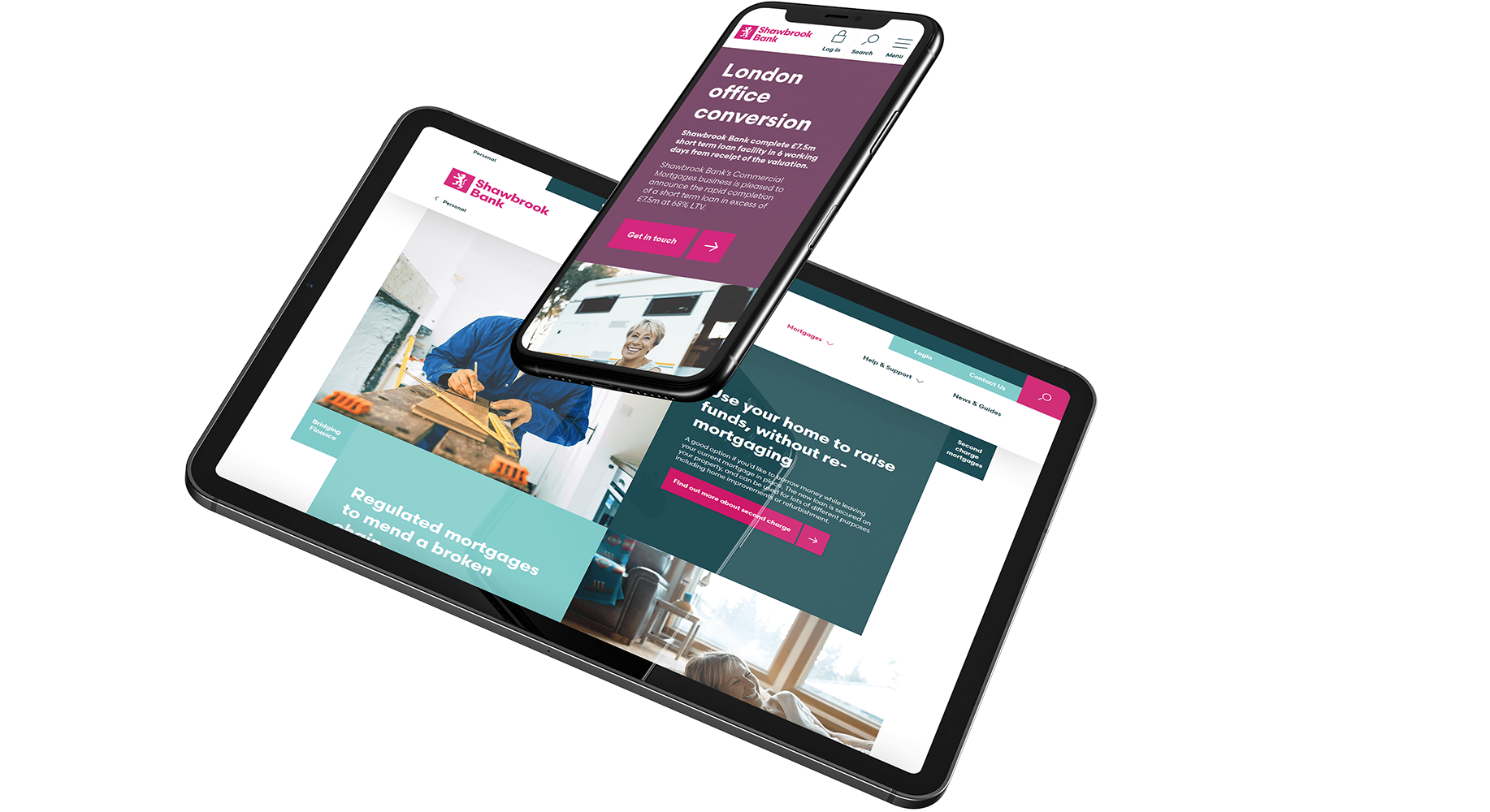According to the FCA, 'where the presentation of the T&Cs inhibits the consumer’s ability to engage with the contents in any meaningful way, this discourages them from even trying’. The website TOSDR.org goes as far as rating and labelling terms and privacy policies from ‘very good’ to ‘very bad’
T&C's - WTF?
Of course, we want our marketing to stay within the law (honest Guv!) but where legal info gets in the way of the product messaging, there’s a problem.
Do the legal bits really need to be so long?
In a word: no. We need to shorten those T&Cs right up. And the FCA believes we almost certainly can. In the same report, it states that some banks provide way more information in their T&Cs than is legally required, in order to protect against ‘contractual disputes, court proceedings, regulatory action or complaints escalated to the ombudsman service’. In other words, for the benefit of the bank, not the customer.
BUT – and here’s the really crazy thing – the FCA also says there’s ‘no compelling evidence that this was a successful risk-mitigation strategy’. None at all. So it seems a lot of that info really is unnecessary, and it can put customers off reading the actually important legal stuff.
The solution is simple – banks should be clear with customers about what information they need to read, and include that information first. And if the necessary info really is quite a lot, then we should look to bullet points, tables, infographics or even videos to turn big chunks of text into something easier to digest.

Keeping it simple
So, now we’ve given our T&Cs a trim, what’s next? Well, it’s no good directing customers to the essential pieces of information if they still can’t understand or trust any of it when they get there.
People trust clear, honest language. All people. In fact, academic research using legal documents has found that ‘higher literacy people prefer plain English because it allows them to understand the information as quickly as possible’. For example, 97% preferred ‘among other things’ over the more traditional Latin phrase ‘inter alia’. Perhaps the other 3% were Professors of Latin?
Introducing… plain English!
OK, plain English isn’t new. But it’s still fairly new to banks. And this welcome shift in the right direction has the Equator copy team swooning. Why? Because we know it can be applied to every finance client we work with. You only have to look at mobile-only competitor bank Monzo's Tone of Voice Guidelines, which they recently published for all to see. These guidelines explain exactly how Monzo is challenging the traditional finance tone of voice to engage with their customers:
“We use the language our audience uses, and make technical stuff as clear as we can […] When we say ‘terminal’ do we mean ‘card machine’? When we say ‘funds’ do we mean ‘money’? When we say ‘reversal’ do we mean ‘refund’? And if not, do we explain why?”
In other words, wherever possible, banks should use the same language we all use every day to speak to our friends and families. Because words that might be common knowledge to people who work in finance might not be understood by customers. And that defeats the purpose, right?
Fun but not flippant
While some banks are starting to use everyday language, some are moving from ‘everyday’ to something a bit more playful – such as German digital bank N26, money-management app Cleo, and our own client, B. Monzo even use emojis in customer communications. While not every bank could plaster the subway with swearing, German bank N26 has struck the right tone for its target audience.
